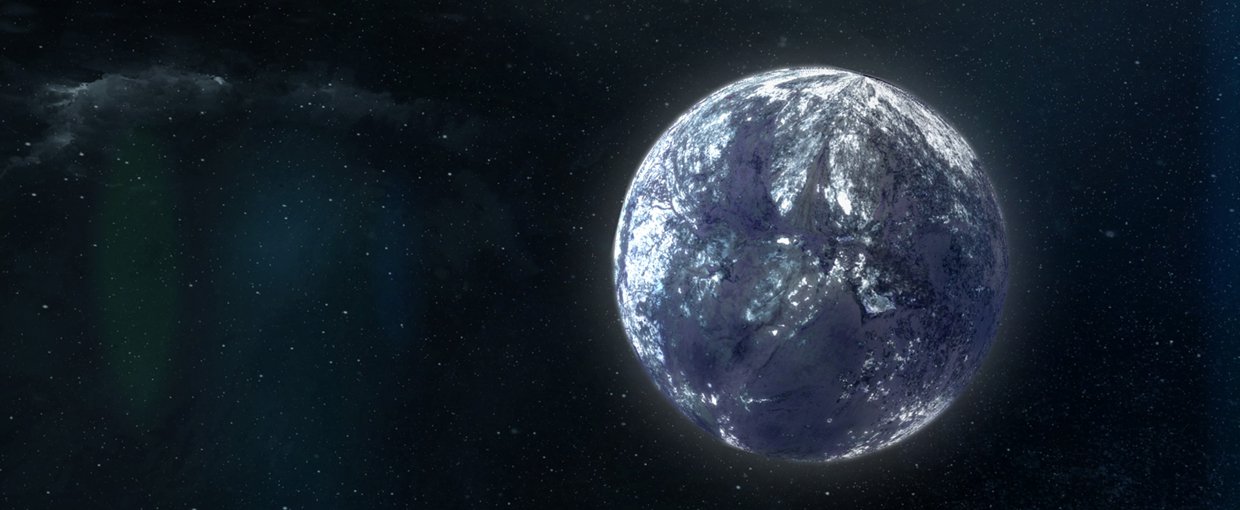
We are used to thinking about planets as worlds that exist in stellar systems. Planets form around stars and then settle into orbit around the giant balls of gas. In recent years, astronomers have discovered rogue planets that roam interstellar space independent of any star. The first rogue planets to be discovered were very large – the size of Jupiter or even bigger. However, smaller rogue planets are now known to exist.
A new study by researchers from NASA and Osaka University in Japan suggests that rogue planets may be more common in the Milky Way than planets contained within stellar systems. The study has implications for NASA’s Nancy Grace Roman Space Telescope, scheduled for launch in 2027, which could find hundreds of rogue planets with masses similar to the Earth.
Click here to read a post discussing the research results from Many Worlds.
Related:
New Study Reveals NASA’s Roman Could Find 400 Earth-Mass Rogue Planets (NASA)
The Many Worlds Blog chronicles the search for evidence of life beyond Earth written by author/journalist Marc Kaufman. The “Many Worlds” column is supported by the Lunar Planetary Institute/USRA and informed by NASA’s NExSS initiative, a research coordination network supported by the NASA Astrobiology Program. Any opinions expressed are the author’s alone.

